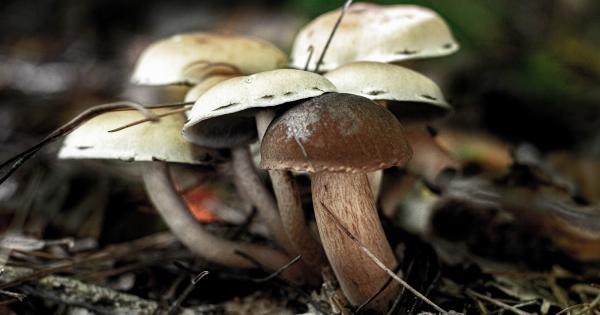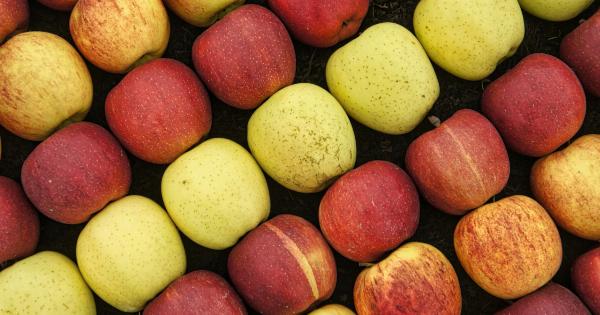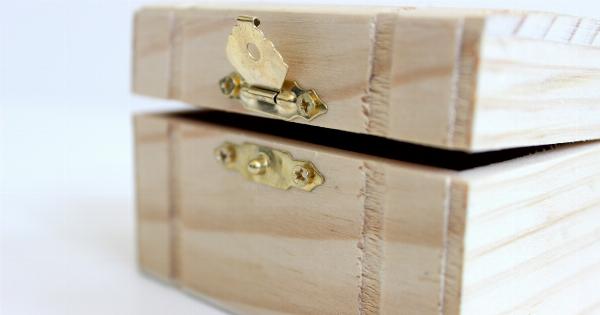What are Some Indicators of Fungi in Language?
There are many different indicators of fungi in language, but some of the most common include:1. Mushroom Names
Many languages have specific names for different types of mushrooms. For example, in English we have names like button mushrooms, portobello mushrooms, and shiitake mushrooms. In Spanish, there are names like champiñón, seta, and níscalo. In Japanese, there are names like shimeji, enoki, and maitake. Knowing these names can be helpful for identifying different types of mushrooms and discussing them with others.2. Mushroom Idioms and Expressions
There are also many idioms and expressions in different languages that reference mushrooms or fungi. For example, in English we have expressions like “to mushroom” (meaning to grow rapidly) and “to be a mushroom” (meaning to be kept in the dark or uninformed). In French, there’s an expression “changer les champignons du sol” which means “to change the soil’s mushrooms,” referring to changing one’s environment for better growth. These expressions can be useful for adding color to your language and understanding cultural references.3. Folktales and Legends
Many cultures around the world have folktales and legends that involve mushrooms or fungi. For example, in Japan there are stories about the mythical “mushroom of immortality,” which is said to grant eternal youth and life to those who eat it. In Europe, there are stories about fairies and gnomes who live in mushroom houses in the forest. These stories can be fascinating glimpses into cultural beliefs and the natural world.4. Medicinal and Culinary Uses
Fungi have been used for medicinal and culinary purposes for thousands of years, and many languages have names and expressions related to these uses. For example, in Chinese medicine, there are many different types of mushrooms that are believed to have health benefits, and these mushrooms are referred to by specific names. In Italian cooking, porcini mushrooms are highly prized for their rich flavor and are used in many traditional dishes. Understanding these culinary and medicinal uses can be helpful for exploring different cultures and cuisines.Quiz: Are There Indicators of Fungi in Your Language?
Now that you know a bit more about the indicators of fungi in language, it’s time to put your knowledge to the test. Below are ten questions about different indicators of fungi in language. See how many you can get right!1. What is the Spanish word for mushroom?.
A. Champiñón.
B. Seta.
C. Níscalo.
D. All of the above.
2. Which of the following English expressions does not reference mushrooms?.
A. To mushroom.
B. To be in the dark.
C. To be a mushroom.
D. To have a mushroom cloud.
3. Which culture has stories about fairies and gnomes who live in mushroom houses?.
A. Japan.
B. Europe.
C. China.
D. Australia.
4. Which of the following is not a type of mushroom used in Chinese medicine?.
A. Reishi.
B. Cordyceps.
C. Chrismas pudding.
D. Lion’s mane.
5. What is the Italian name for porcini mushrooms?.
A. Champignon.
B. Shimeji.
C. Enoki.
D. Porcino.
6. Which of the following is not a type of mushroom?.
A. Agaricus bisporus.
B. Trametes versicolor.
C. Toadstool doorbell.
D. Coprinus comatus.
7. Which of the following is not an English expression that references mushrooms?.
A. Mushroom cloud.
B. Mushroom trip.
C. Mushroom stamp.
D. Mushroom season.
8. What is the Japanese word for shiitake mushrooms?.
A. Enoki.
B. Shimeji.
C. Matsutake.
D. Shiitake.
9. What is the scientific name for the mushroom commonly known as the “golden chanterelle”?.
A. Cantharellus cibarius.
B. Agaricus blazei.
C. Ganoderma lucidum.
D. Amanita muscaria.
10. What is the French expression “changer les champignons du sol” in English?.
A. To change the soil’s mushrooms.
B. To change one’s environment for better growth.
C. To go through a radical transformation.
D. To have a mushroom for a brain.
Quiz Answers
1. D.
2. D.
3. B.
4. C.
5. D.
6. C.
7. C.
8. D.
9. A.
10. B.





























